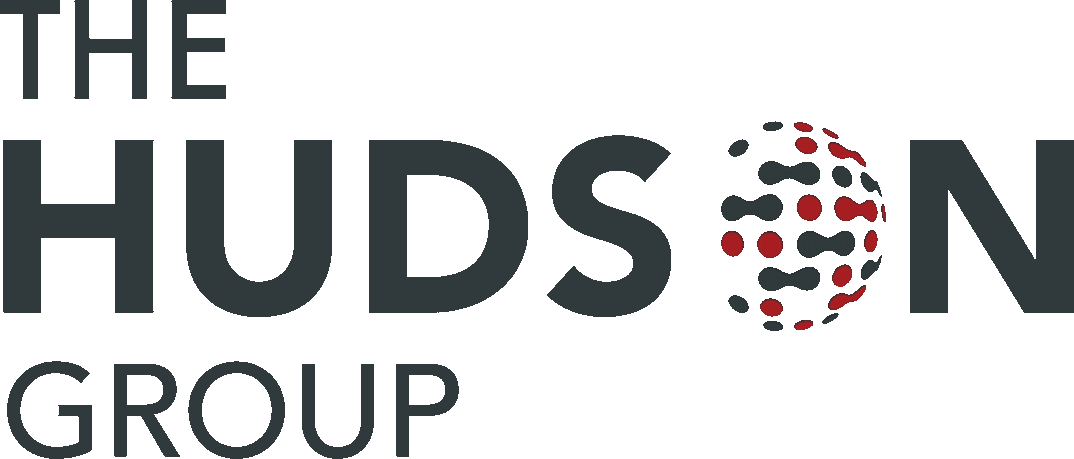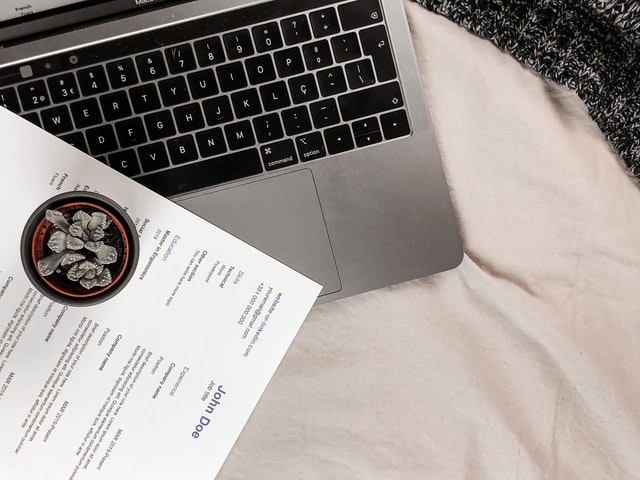A person’s resume is perhaps the single most important piece of document for their professional career. However, the idea of creating a resume can be daunting for many people. Perhaps, you are confused about adding your hobbies and passions, or you do not know how to put all the information on a single page and still make the document seem presentable. In this blog, we will discuss a few tips that will help you with your resume-writing process.
Tips to Create the Perfect Resume:
1) Always Start With Basic Information:
Your resume should always begin with your contact details and other basic information. This information should go right at the top of the document and will generally include:
- Your name
- Personal email address
- Contact details
Some people also add other information, such as their LinkedIn account, social media profiles, or their personal website URL.
Regardless of what you choose to include, you must make this section as clear as possible. You could be the best applicant for the job, but if the recruiter cannot reach out to you, your eligibility will not much matter.
2) Choose A Professional Font:
As we mentioned earlier, your resume must be easy to read and understand for a potential employer. Hence, you should opt for a clean and basic font like Times New Roman or Arial. Also, make sure that your font size is somewhere between 10 and 12 points. The more readable your resume is, the more professional it will seem.
Also, avoid using excessive space. Extraneous whitespaces will make the resume come across as sparse, which will not only distract the reader but might even cause them to become suspicious of you. Limited whitespace allows readers to focus on what is written, and, once again, makes it easier for them to go through the resume. One way to mitigate whitespaces is by adding one or two optional sections, such as ‘Achievements and Awards’ or ‘Skills and Hobbies’.
3) Interests And Skills Are The Icing On The Cake:
Adding interests and skills to a resume is often considered a no-no, but the truth is that these sections are just as important as your education or work experience sections. This quick list enables a recruiter to see if your set of skills aligns with what they are looking for in a potential employee.
Generally, this section would go right at the end of the resume, but this is no hard-and-fast rule. For instance, if you are looking to switch fields or applying for a more skills-based position, you can put this section further up the resume.
But, what exactly should you add? You would want to include any applications or hard skills that you possess (such as SEO, MS Excel, SPSS, or Photoshop), as well as your expertise level (if relevant). Ideally, you should not include any soft skills (such as critical thinking or teamwork) – those are best added as bullet points.
Final Word:
To sum up, the best resume is one that is easy to understand, and allows a potential recruiter to understand how you might be suited for the role that you are applying for.
We hope that the tips talked about in this blog will help you create a resume that is aligned with your unique goals and objectives.


